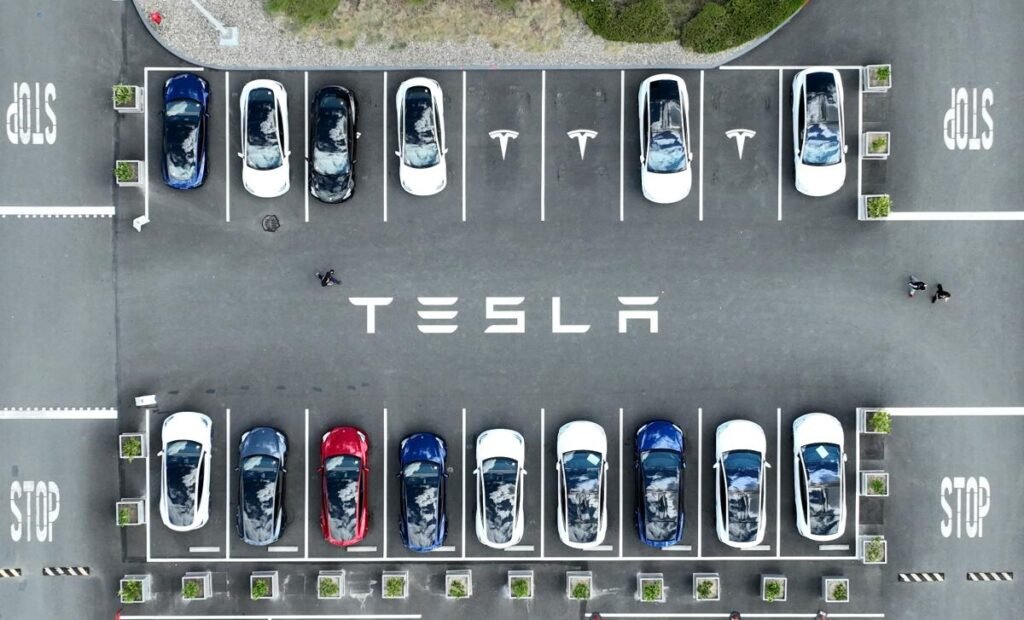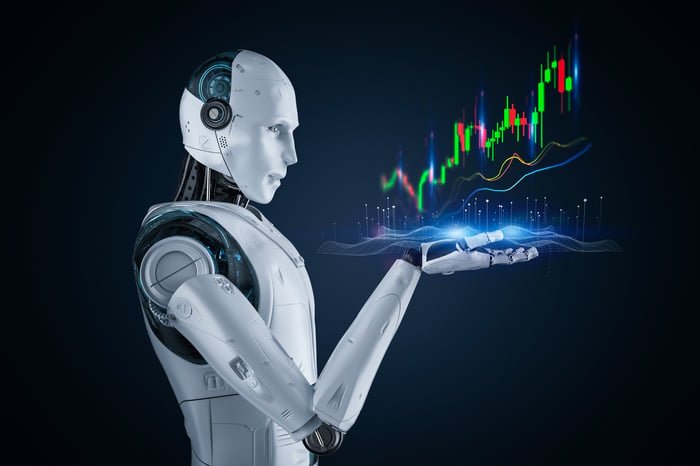Unlock the Editor’s Digest for free
Roula Khalaf, Editor of the FT, selects her favourite stories in this weekly newsletter.
In the 1980s, Japanese carmakers were accused of gutting the US car industry. In response, the Reagan administration negotiated voluntary export restraints — politely worded, but unmistakably coercive, pressuring them to make more cars in the US to maintain market access. As the Trump administration imposes a new round of tariffs on foreign-made cars and components, it is tempting to draw parallels to the past.
Once again, Asian carmakers, now including South Korean groups Hyundai and Kia, find themselves at the centre of US trade policy. But this time, the consequences run deeper and are more destabilising — not because protectionism is new, but because the auto industry has fundamentally changed.
Back then, a car was mostly steel, rubber and mechanical simplicity. Today, the average vehicle contains more than 30,000 parts. In the early 1990s, electronics made up just a tenth of a car’s total cost. Today, it is up to about 50 per cent, driven by the growing use of sensors, electronics and chips in modern cars, as well as the higher number of components overall. That complexity has resulted in sprawling, globally integrated supply chains, finely tuned over decades for just-in-time delivery and multi-region sourcing. Today’s cars are no longer single origin products, but the sum of countless cross-border transactions. Yet that interdependence becomes a liability when trade actions shift focus from finished cars to the components that make them possible.
Trump has dismissed concerns about rising prices, saying he “couldn’t care less” if automakers raise prices because Americans would simply start buying American-made cars. But what exactly is an American-made car? A 2021 Tesla Model X, assembled in California, sources nearly half its parts from outside North America. A car built in Alabama might still rely on chips from Taiwan, sensors from Japan, transmissions from Germany and batteries from China. Increasingly, a “Made in the USA” badge is less a reflection of origin than of branding.
Asian automakers are in a particularly precarious position. For decades, they have invested billions in US manufacturing, from vehicle assembly to battery and steel production. Hyundai recently announced a $21bn investment, including a $5.8bn steel plant in Louisiana. Toyota announced new investments of more than $18bn since 2021 to expand its US manufacturing base. In theory, such moves would afford a buffer against trade volatility. In practice, however, these investments unfold over years. Building a new production facility can take up to five years. Localising a supply base, requalifying vendors under US regulations and scaling domestic capacity for parts historically sourced abroad are decade-long efforts.
Tariffs, on the other hand, can be imposed overnight. Trump’s first term was marked by abrupt reversals: steel tariff exemptions granted, then revoked; tariffs on Mexican cars proposed, then withdrawn; and sweeping tariffs on $300bn worth of Chinese goods including iPhones as well as French exports such as wine and handbags, threatened then reversed. Unsurprisingly, automotive executives named geopolitical risk as one of their top planning concerns in a 2023 Deloitte survey.
Unlike Europe, South Korea and Japan have fewer levers to pull in response. When Trump imposed steel and aluminium tariffs in 2018, the EU retaliated with precision — targeting bourbon whiskey, blue jeans and Harley-Davidson motorcycles, products tied to politically sensitive and Trump-aligned US states. Japan and Korea by contrast do not import enough US goods to make retaliation effective — the US runs a trade deficit with both — and their close defence ties with Washington limit escalation.
That leaves Asian carmakers in a tough bind: invest billions to expand US operations under rules that could vanish with the next administration, or hold back and risk falling behind in a key market. Neither path offers real stability. In an industry that invests on decade-long cycles, policy built on a four-year election window is not just inconvenient, it is existential.
Protectionist measures can have a place, when they are part of a broader, long-term industrial strategy. But without that foundation, automakers are left making billion-dollar bets in the face of unpredictable politics. The greatest threat is not the tariffs themselves — it is the uncertainty they inject into a capital-intensive, globally dependent industry. In the end, that volatility may prove to be the most damaging tariff of all.













